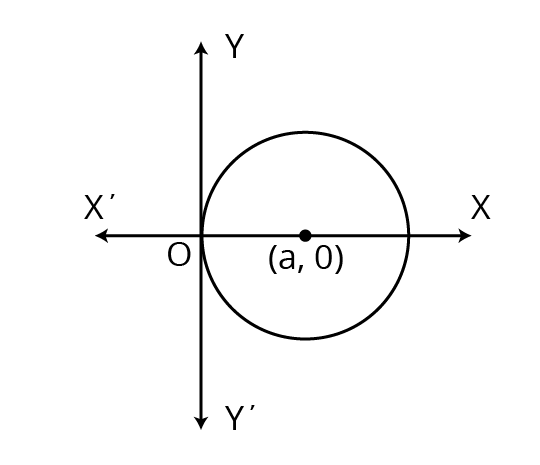Important Questions for CBSE Class 12 Maths Chapter 9 Differential Equations FREE PDF Download



FAQs on CBSE Class 12 Maths Important Questions - Chapter 9 Differential Equations
1. What are differential equations, and why are they important in Class 12 Maths?
Differential equations are mathematical equations that involve derivatives, representing rates of change. They are crucial for understanding real-world phenomena in physics, engineering, and economics.
2. How can I prepare effectively for Chapter 9 in Class 12 Maths through these Important Questions?
Start by understanding the concepts from the NCERT textbook. Then, practise important questions, focus on solving different types of problems, and review previous year question papers.
3. Are these Class 12 Maths Chapter 9 Differential Equations useful for competitive exams?
Yes, practising these questions strengthens your basics, which are often tested in entrance exams like JEE and other competitive tests.
4. Do these Important Questions on Class 12 Maths Chapter 9 Differential Equations include solutions?
The free PDF includes step-by-step solutions for better understanding and self-assessment.
5. How much weightage does Chapter 9 hold in the CBSE Class 12 Maths exam?
Typically, questions from this chapter carry significant weightage, often included in the long-answer section. It’s important to prepare thoroughly.
6. What are the key methods to solve Important Questions on Class 12 Maths Chapter 9 Differential Equations?
The key methods include separation of variables, integrating factors, and homogeneous equations. Mastering these techniques is crucial for solving different types of problems.
7. How can I identify which method to use for a given differential equation?
Analyzing the form of the equation helps determine the method. For instance, if variables can be separated, use the separation of variables method. If the equation is linear, apply the integrating factor method.
8. Are real-life applications of differential equations included in the class 12 Maths Chapter 9 Differential Equations syllabus?
Yes, the chapter includes real-life applications such as population growth, radioactive decay, and cooling laws, which help in understanding the practical use of differential equations.
9. Can I expect direct questions from NCERT exercises in the board exam?
Yes, CBSE often includes direct or slightly modified questions from NCERT exercises, making it essential to practice them thoroughly.
10. How do I approach solving long-answer questions from class 12 Maths Chapter 9 Differential Equations?
Break the problem into smaller steps. Identify the type of equation, choose the appropriate method, and solve step-by-step. Always include explanations for better clarity.


























